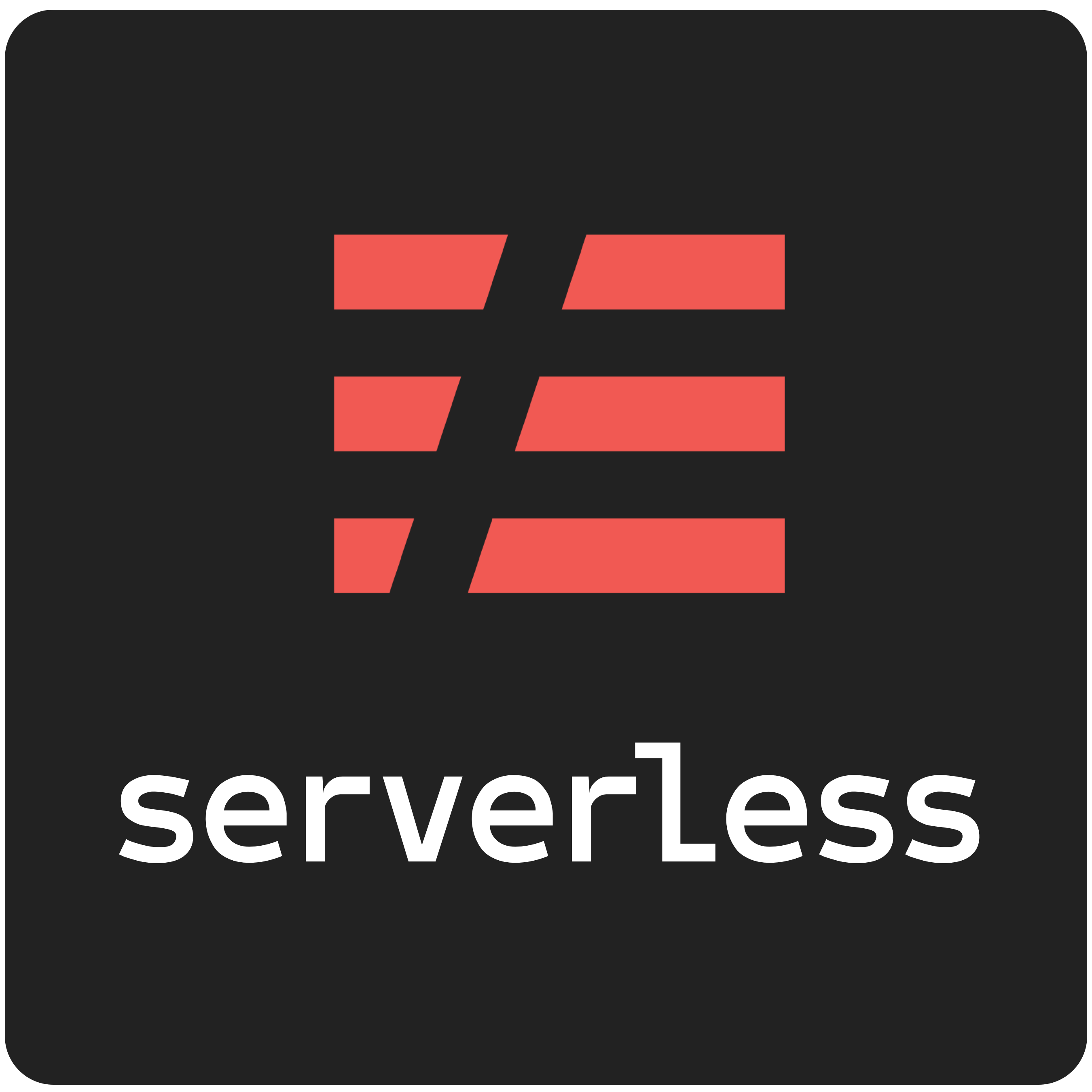Hello, welcome. I am Felipe!
This is an example of a project for a Flight Air company designed and built using part of the technology stack that I use throughout my career where the goal is to compose my portfolio and demonstrate a bit of my professional experience. Focused on a Cloud Native Rest API, this project leverages AWS Services with a strong emphasis on Serverless Architecture. To achieve this, the foundation is built upon the Serverless Framework with custom AWS Cloud Formation sections to complete provide infrastructure as code. Feel free to contact me and check other projects in my portfolio here at Github profile page.
Node.Js |
Typescript |
 AWS DynamoDB |
 Amazon Web Services |
 Serverless Framework |
 AWS Cloud Formation |
 AWS API Gateway |
 AWS Lambda |
 AWS SQS |
The architecture consists in a serverless Rest API using Serverless Framework within the AWS as Cloud Provider. Through an AWS API Gateway, receive a request, process it on AWS Lambda written in Node.Js with Typescript superset and return a message to the AWS API Gateway which responds to clients using the HTTP protocol. All the data is persisted into a AWS DynamoDB table which is defined on the serverless yml file. The project is still under construction and I do it at my free time.
There is an in progress event series that for every x minutes in order to notify all the passengers that have a scheduled flight for the next x hours. Check the following diagram for the events.
The code presents a Layered Architecture using Node.Js and Typescript which will be transpiled to Javascript as the main language of the Node.Js runtime. It contains an Domain Layer where keep the domain of the project including Flight and Passengers and abstractions for storage and business rules. Then we have the Infrastructure Layer to maintain all the code related to I/O bound operations specially network calls such as cloud services implementations which includes database, queues, cloud services, external services, etc. And finally we have the Application Layer which is responsable to hold the business rules.
All the layers are in the low coupling to be able to future change the implementation so each component depends on abstractions instead concrete types. It also make our tests easy to simulate some behaviour we may want to test using Mocks. In the code, you can find it under the ./src/core folder like the image bellow:
There are a few unit tests in progress to cover the main business rules on the application layer of the project. It is implemented on the top of native Node Test Runner and to run it locally, you can run yarn test or npm test.

